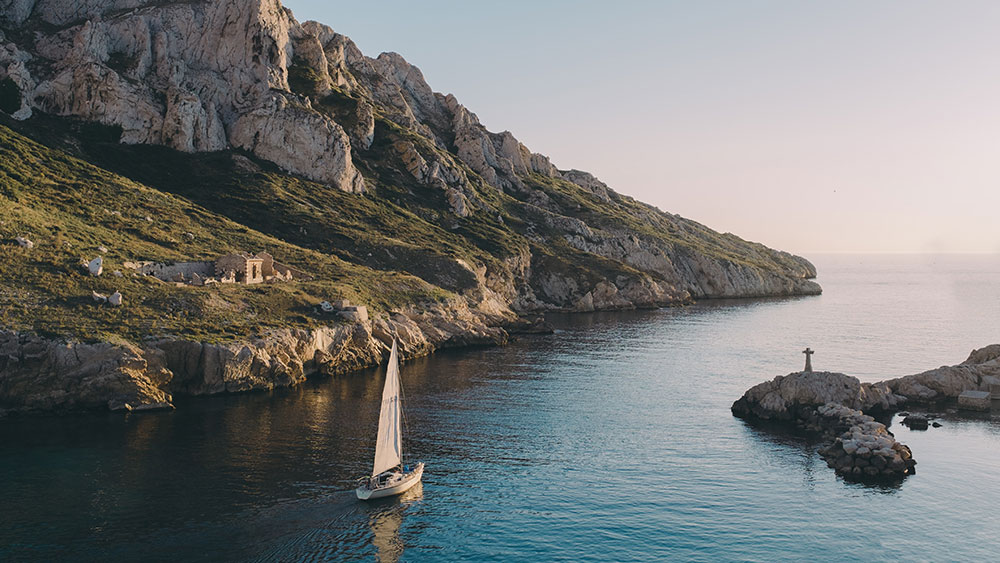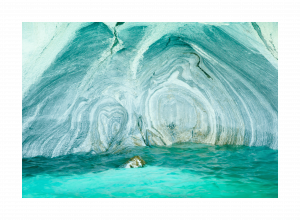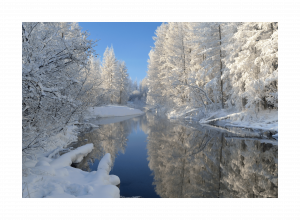In an age where satellites map every inch of the planet, a few places still elude Google’s all-seeing eye. These unseen corners—veiled by jungles, ice, or political secrecy—resist digital discovery, offering travelers the thrill of true exploration. Forget GPS pins; here’s your guide to 10 hidden gems that even technology can’t fully reveal.
2. Sơn Đoòng Cave, Vietnam 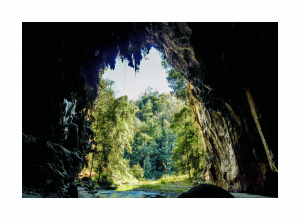
Location: Phong Nha-Kẻ Bàng National Park
Why Unseen: The world’s largest cave was undiscovered until 2009; its interior remains unmapped in detail.
Unique Feature: A jungle grows inside, complete with waterfalls and rare langurs.
Access: Limited to 1,000 visitors/year via licensed tours.
3. North Sentinel Island, India 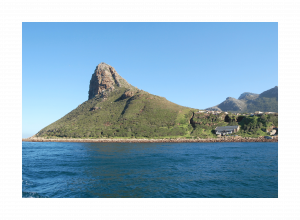
Location: Andaman Islands
Why Unseen: Google Maps blurs the island to protect the isolated Sentinelese tribe.
Unique Feature: One of Earth’s last uncontacted peoples.
Warning: Entry is illegal and lethally dangerous.
4. Vale do Javari, Brazil 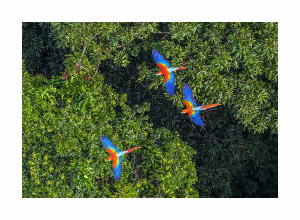
Location: Amazon Rainforest
Why Unseen: A reservation for 20+ uncontacted tribes; satellite images show only dense canopy.
Unique Feature: More isolated Indigenous groups than anywhere on Earth.
Ethical Note: Off-limits to tourists to protect tribes from disease.
5. Tepuis, Venezuela 
Location: Gran Sabana
Why Unseen: Towering tabletop mountains with ecosystems found nowhere else.
Unique Feature: Inspired Avatar’s floating Hallelujah Mountains.
Adventure: Trek to Angel Falls, the world’s tallest waterfall.
6. Oymyakon, Russia
Location: Siberia
Why Unseen: The coldest inhabited place on Earth (-96°F/-71°C) is a blur on most maps.
Unique Feature: Cars run 24/7 to avoid freezing; locals eat frozen raw fish.
Survival Tip: Visit in March for “warm” -40°F/-40°C temps.
7. Pitcairn Islands, UK 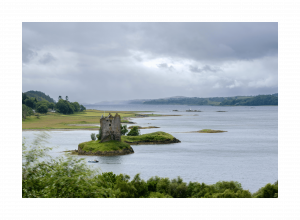
Location: South Pacific
Why Unseen: Only 50 residents; Google Street View has just 3 photos.
Unique Feature: Descendants of HMS Bounty mutineers.
Stay: Homestays with locals (no hotels).
8. Tsingy de Bemaraha, Madagascar
Location: Western Madagascar
Why Unseen: Limestone pinnacles form a maze that satellites can’t decode.
Unique Feature: Navigate via rope bridges and ladders in this “Stone Forest.”
Best Time: April–November (dry season).
9. Gangkhar Puensum, Bhutan 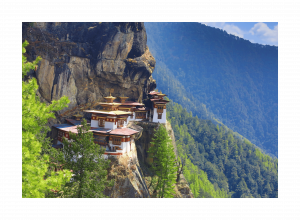
Location: Bhutan-Tibet border
Why Unseen: The world’s highest unclimbed mountain; mapping is restricted for spiritual reasons.
Unique Feature: Sacred to Buddhists; climbing banned since 2004.
Viewpoint: Trek to nearby Laya Village for distant vistas.
10. Bir Tawil, Africa 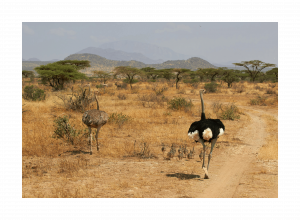
Location: Egypt-Sudan border
Why Unseen: A 2,000 km² “no man’s land” unclaimed by any nation.
Unique Feature: The only place on Earth you can (theoretically) start your own country.
Reality Check: No water, roads, or residents—just desert.
Why Explore the Unseen Earth?
Authentic Adventure: Experience exploration as early pioneers did.
Cultural Preservation: Many sites protect Indigenous or endangered communities.
Digital Detox: Trade screens for uncharted sensory immersion.

How to Visit Responsibly
-
Respect Boundaries: Never trespass on restricted lands (e.g., North Sentinel).
-
Hire Local Guides: Support communities while gaining insider knowledge.
-
Leave No Trace: Preserve fragile ecosystems like Sơn Đoòng’s caves.
FAQs
Q: Can I name a place I discover?
A: Unlikely. The International Astronomical Union governs geographic names, and most land is claimed.
Q: Are unmapped places dangerous?
A: Some are (extreme climates, political risks). Research and guided tours minimize hazards.
Q: What’s the easiest unseen gem to visit?
A: Marble Caves (Chile) or Pitcairn Islands (flights from New Zealand).
Conclusion
The unseen Earth reminds us that mystery still thrives in our hyperconnected world. Whether you’re paddling Patagonia’s marble cathedrals or respecting the silence of Bir Tawil, these hidden gems reward curiosity with humility and wonder. 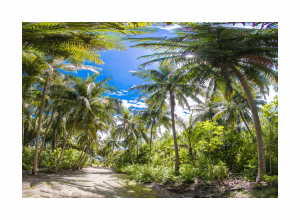
Ready to vanish off the grid? Plan trips with Secret Compass or Uncharted Expeditions.
Which unseen destination calls to your inner explorer? Share your thoughts or tag us in your off-grid adventures!


